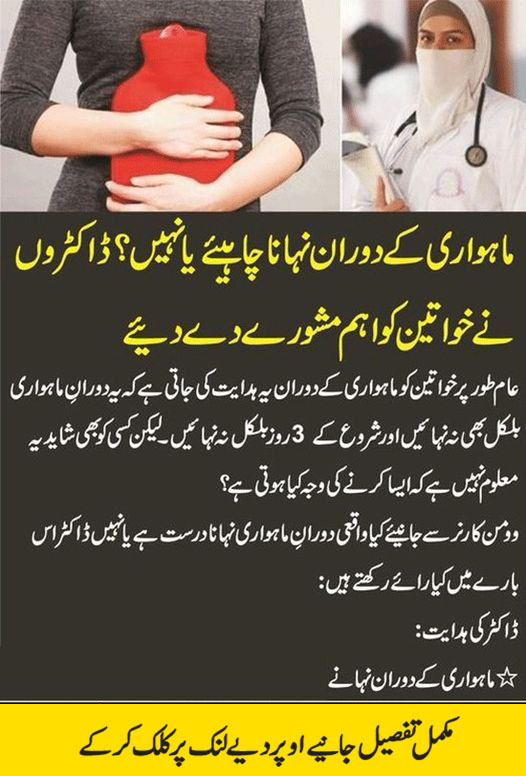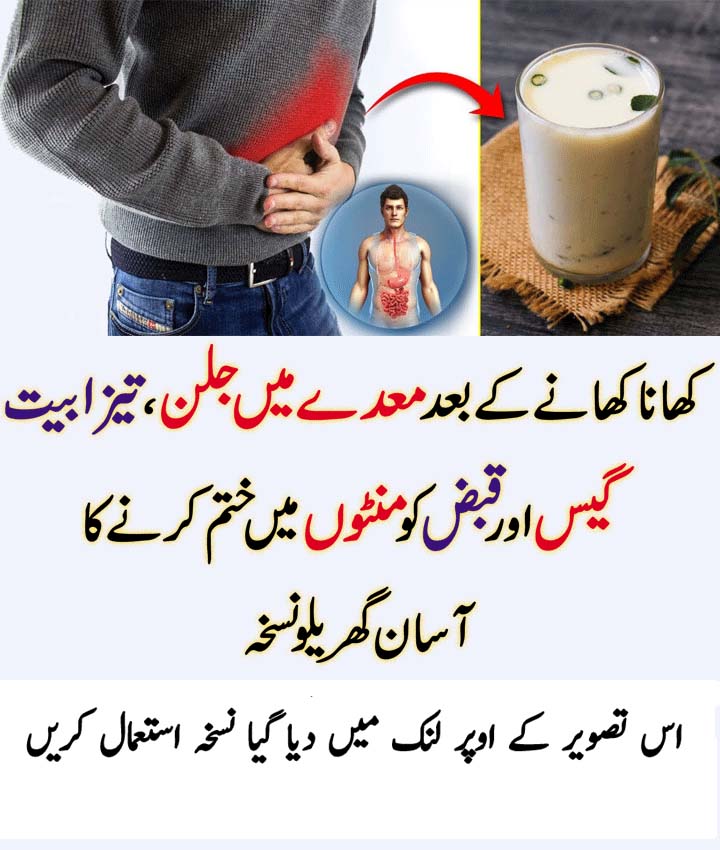What are the painful periods? Menstruation, or period, is normal vaginal bleeding that happens as part of a woman’s monthly cycle. Many women have painful periods, also called dysmenorrhea. The pain is most often menstrual cramps, which are throbbing, cramping pain in your lower abdomen.
Advertisement
You may also have other symptoms, such as lower back pain, nausea, diarrhea, and headaches. Period pain is not the same as premenstrual syndrome. PMS causes many different symptoms, including weight gain, bloating, irritability, and fatigue. PMS often starts one to two weeks before your period starts.
Period Pain and Menstrual Cramps Causes and Treatment

https://www.youtube.com/watch?v=lReALc0hz64
What causes painful periods?
There are two types of dysmenorrhea: primary and secondary. Each type has different causes.
Primary dysmenorrhea is the most common kind of period pain. It is period pain that is not caused by another condition. The cause is usually having too many prostaglandins, which are chemicals that your uterus makes. These chemicals make the muscles of your uterus tighten and relax, and this causes cramps.
The pain can start a day or two before your period. It normally lasts for a few days, though in some women it can last longer.
You usually first start having period pain when you are younger, just after you begin getting periods. Often, as you get older, you have less pain. The pain may also get better after you have given birth.
Secondary dysmenorrhea often starts later in life. It is caused by conditions that affect your uterus or other reproductive organs, such as endometriosis and uterine fibroids. This kind of pain often gets worse over time. It may begin before your period starts and continue after your period ends.
What can I do about period pain?
To help ease your period pain, you can try
Using a heating pad or hot water bottle on your lower abdomen
Getting some exercise
Taking a hot bath
Doing relaxation techniques, including yoga and meditation
You might also try taking over-the-counter pain relievers such as nonsteroidal anti-inflammatory drugs (NSAIDs). NSAIDs include ibuprofen and naproxen. Besides relieving pain, NSAIDs reduce the number of prostaglandins that your uterus makes and lessen their effects. This helps to lessen the cramps. You can take NSAIDs when you first have symptoms, or when your period starts.
You can keep taking them for a few days. You should not take NSAIDS if you have ulcers or other stomach problems, bleeding problems, or liver disease. You should also not take them if you are allergic to aspirin. Always check with your health care provider if you are not sure whether or not you should take NSAIDs.
When should I get medical help for my period pain?
For many women, some pain during their period is normal. However, you should contact your health care provider if
NSAIDs and self-care measures don’t help, and the pain interferes with your life
Your cramps suddenly get worse
You are over 25 and you get severe cramps for the first time
You have a fever with your period pain
You have the pain even when you are not getting your period
How is the cause of severe period pain diagnosed?
To diagnose severe period pain, your health care provider will ask you about your medical history and do a pelvic exam. You may also have an ultrasound or other imaging test. If your health care provider thinks you have secondary dysmenorrhea, you might have a laparoscopy. It is a surgery that lets your health care provider look inside your body.
What are treatments for severe period pain?
If your period pain is primary dysmenorrhea and you need medical treatment, your health care provider might suggest using hormonal birth control, such as the pill, patch, ring, or IUD. Another treatment option might be prescription pain relievers. source medlineplus



